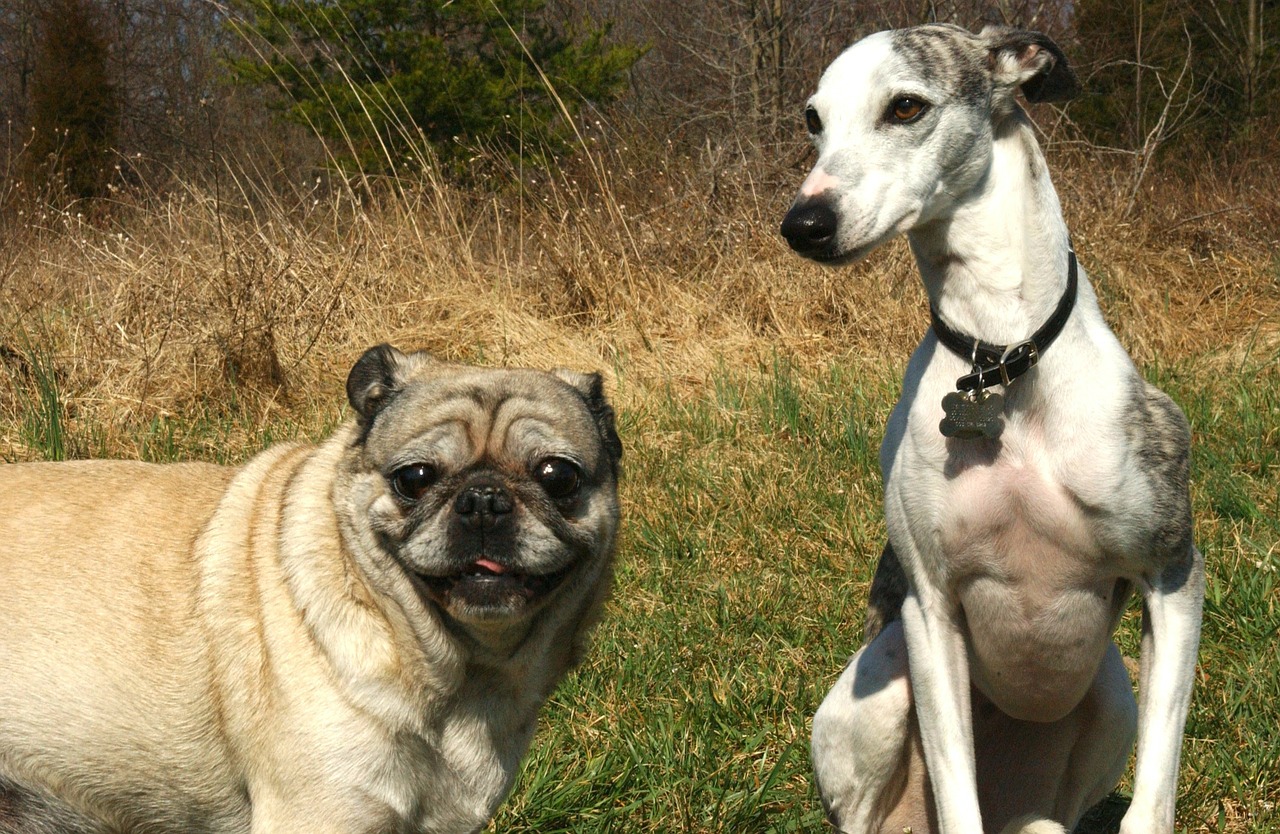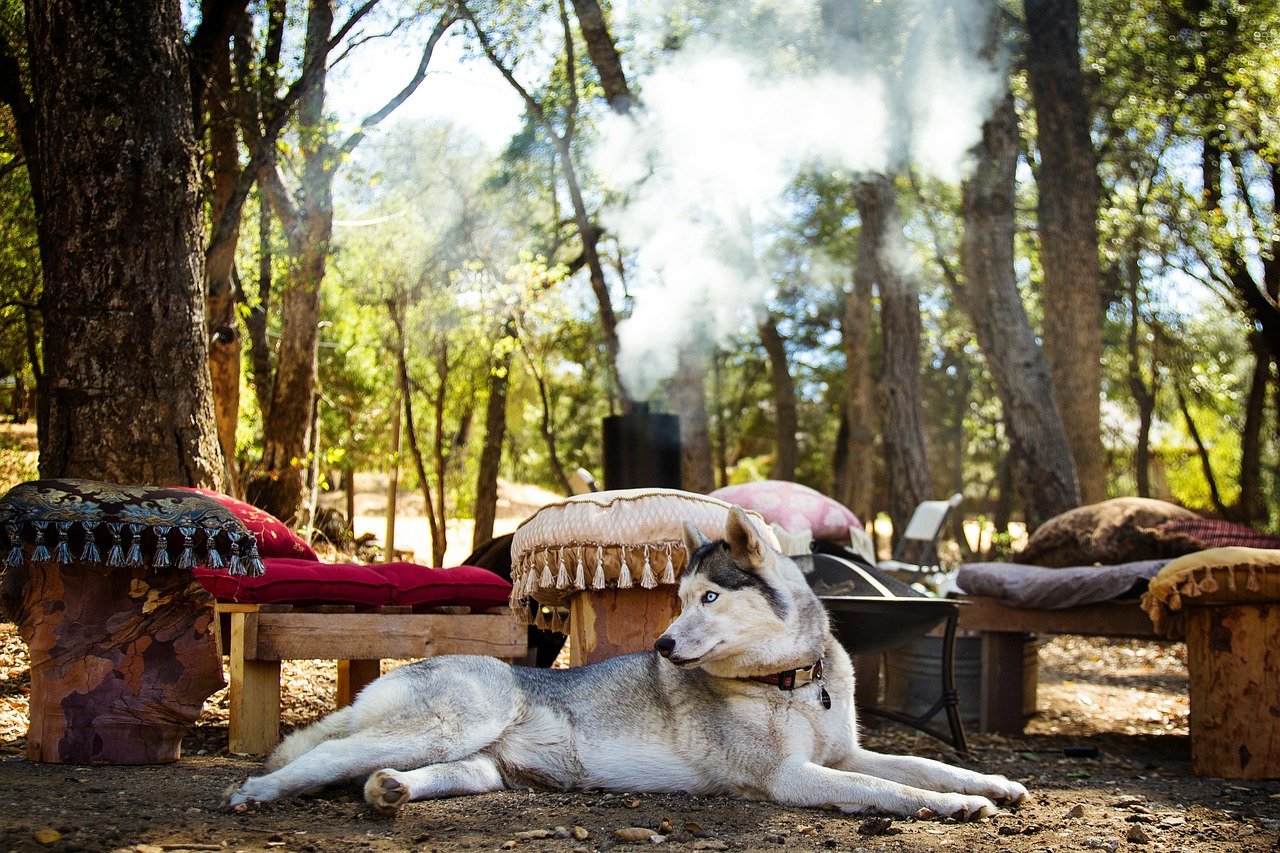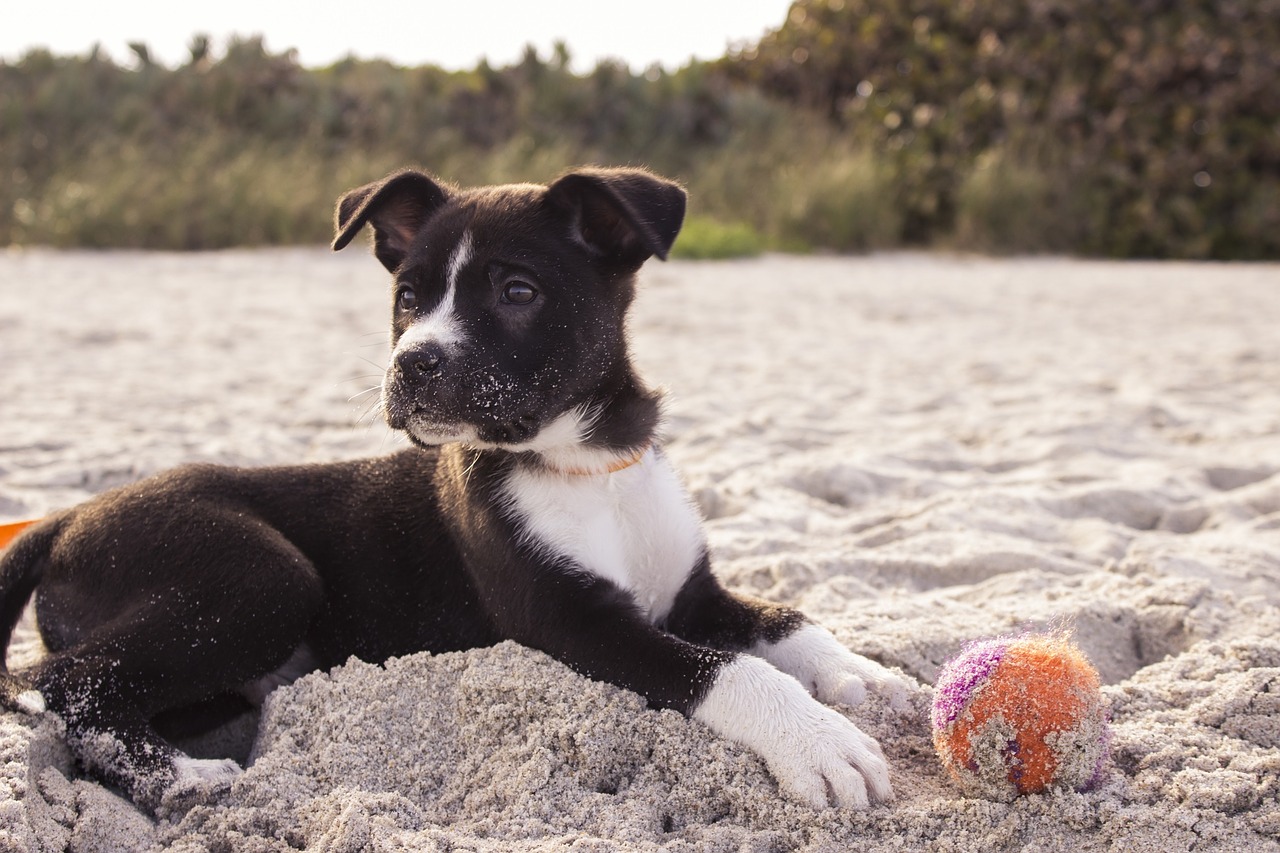The heart of summer is here and while it’s the time to get out and have fun with our beloved pets, we want to make sure that we keep them safe. Heat stroke is a very real concern for all dog owners, but there are some factors that make some dogs at a higher risk for the illness than others. Caution should always be held when doing anything in the heat, but these canine attributes can increase your dog’s risk for heat stroke, so it’s important to know if they apply to you.
#1 – Obesity
Canine obesity is a growing epidemic, and even the best dog owners might find that their dogs are overweight. Not only does obesity bring about countless other health concerns, it puts our dogs at a higher risk of heat stroke. If your dog is overweight, he won’t be able to cool down as quickly as he should and he will likely get hotter faster. Heat stroke is just one more reason to make sure your dog is at a healthy weight.

#2 – Flat-Faced Breeds
Brachycephalic, or flat-faced breeds, such as Pugs, Bulldogs and Boxers, are at a higher risk for heat stroke than more naturally structured dogs. This is because they have shorter, squished airways and don’t breathe as easily as other dogs. Dogs use their respiratory systems to cool off, and when they can’t breathe easily they can’t cool down as easily either.
#3 – Lack of Acclimation
Just like people, dogs need to be acclimated to their environment. Even if you’re an athlete, you need to work yourself up to running in the summer heat as opposed to a nice, cool spring. Dogs need the same thing. You’ll want to play with and exercise your dog for shorter periods of time and make sure he gets acclimated to the summer temperatures. Remember that it’s up to you to know the signs of heat stroke and identify when your dog’s body is getting tired, because it’s likely that he’ll just keep chasing the ball despite his discomfort!

#4 – Heavy Coats
If you have a northern breed, such as a Siberian Husky or Alaskan Malamute, keep in mind that he was bred to work in very cold weather. While his thick double-coat is perfect for snowy conditions, it can keep him too warm during summer. Dogs will shed heavily during the summer months, but it’s important to keep in mind that your Husky is going to heat up much more quickly than you or even your short-coated dog would. That said, we don’t recommend shaving!
#5 – Age
Very young puppies and senior dogs aren’t able to regulate their body temperatures as easily as a dog in his prime. Take extra precautions when exercising young puppies and older dogs during the heat and humidity. They will need help warming up and cooling down, and with young dogs you’ll want to keep an eye on their activity level as well because they are unlikely to control it themselves.

There are other risk factors for heat stroke, but these are ones that might be specific to your dog. It’s important to understand all of the risk factors, be them genetic or environmental, to ensure that you and your pooch have a safe, happy summer. It’s the time to get out and explore the beautiful outdoors, so make sure you plan accordingly and you’ll be set for any summer adventure.
Check out this video from Good Morning Tampa Bay to know what the heat stroke warning signs look like in dogs.

